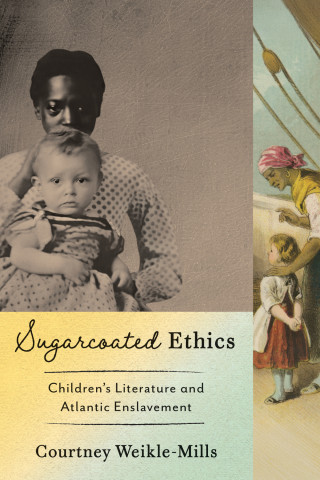
Reviews
While this review singles out only a few, Lake's examination of the narratives generated by many eighteenth-century first responders to coins, weapons, manuscripts and grave goods, is thorough and illuminating, as are her detailed and scholarly readings of literary texts where artifacts shape form and content.
[A] engaging and thought-provoking study.
..., the book is a powerful reminder of the nuances that paying more attention to objects can bring to the study of the intersections between literature and politics in the long eighteenth century.
What is arresting about Lake's study is how she shows that the material turn must make space for textual forms, making a strong case for the place of text in manifesting the material. Artifacts is a pleasure to read, and scholars will respond with enthusiasm to its vision.
Artifacts is a fresh, perceptive examination of the intellectual roots and cultural diffusion of British antiquarianism during the long eighteenth century. Lake's original and important work has two key aims: to formulate a theory of the antiquarian artifact from the vantage of new materialism and to demonstrate that the artifact was central to—and gained definition from—ongoing conflicts over political agency.
Artifacts is an ambitious, original, and exciting project that explores the woefully under-studied representations and discussions of physical artifacts in literary works. It offers a rich investigation of the meanings of specific artifactual things and texts, their owners and authors, and illuminates the relationship between the study of materiality and contemporary questions about history and the conceptions of time, significance, epistemology, identity, politics, and genre.
Bringing material cultural studies and the new materialism along with her, Crystal Lake takes a bold step into a new world of old things in the long eighteenth century. Artifacts features a wunderkammer full of fascinating objects that act as agents, speaking for themselves with an eloquence that Lake understands intimately and passes along to readers in her own compelling voice.
Never has antiquarianism seemed so exciting. Crystal Lake's artifacts are an unruly bunch, perpetually speaking out of turn and abruptly changing political sides in their presentation of evidence. Lake's strikingly original account of these objects is both an embrace of history's 'bits and bobs' and an engagement with philosophical questions about how objects and their histories work.
This rich, compelling book establishes the 'artifact' as a key category of eighteenth-century scholarship. The artifact, Lake argues, is a thing that does things—but the things that artifacts do are hardly ever what people want. Artifacts argue and demonstrate, fragment and coalesce, become polemical, wax philosophical, wear out their welcome, and warrant dispute—every bit as much as the human actors they enliven and displace. Artifacts gathers these unruly objects in one place, assembling a counter-history of the Enlightenment. Along the way, it offers a surprising pre-history of vitalism: of the Romantic sort, but also of the new materialisms that vitalize the academy today.
Book Details
List of Illustrations
Acknowledgments
Prologue. Things Speaking for Themselves
Part I. Terms and Contexts
Chapter 1. Leaving Room to Guess
Chapter 2. Ten Thousand Gimcracks
Part II. Case Studies
Chapter 3
List of Illustrations
Acknowledgments
Prologue. Things Speaking for Themselves
Part I. Terms and Contexts
Chapter 1. Leaving Room to Guess
Chapter 2. Ten Thousand Gimcracks
Part II. Case Studies
Chapter 3. Coins: The Most Vocal Monuments
Chapter 4. Manuscripts: Burnt to a Crust
Chapter 5. Weapons: A Wilderness of Arms
Chapter 6. Grave Goods: The Kings' Four Bodies
Afterword. The Artifactual Form
Notes
Works Cited
Index






